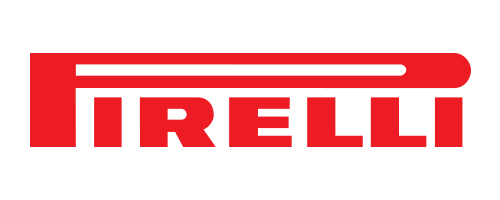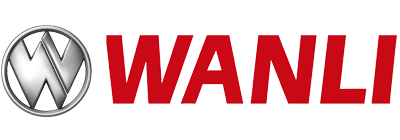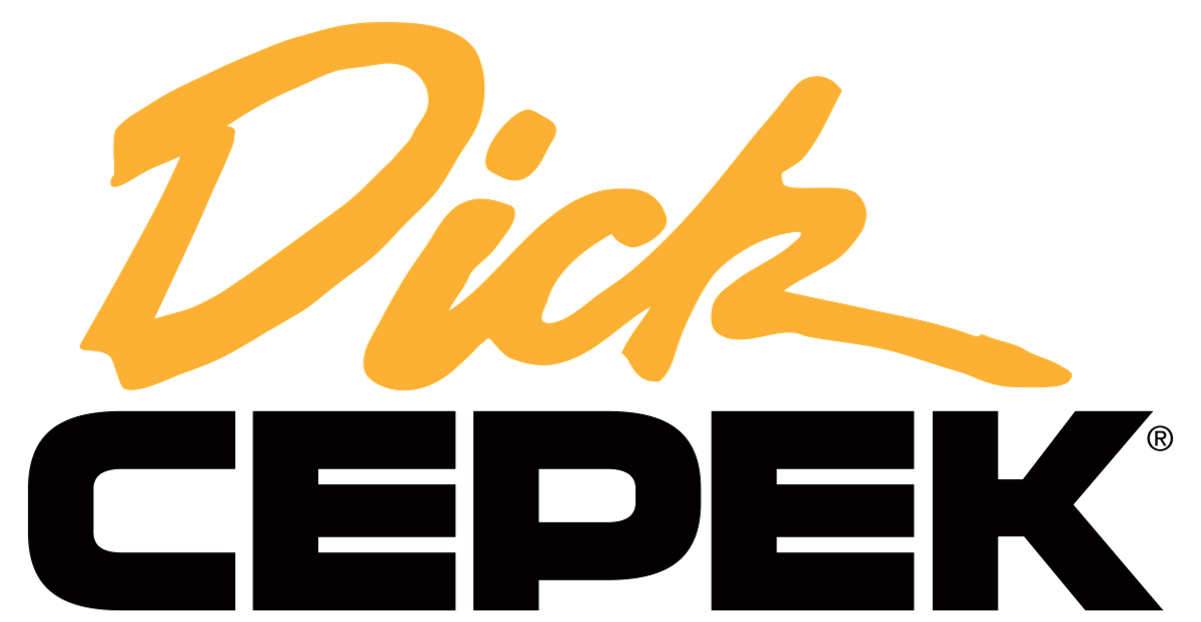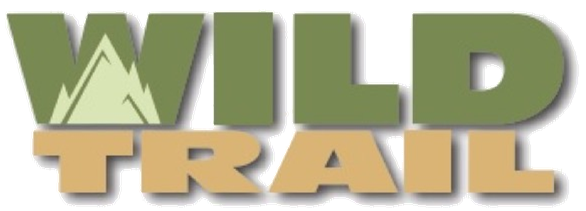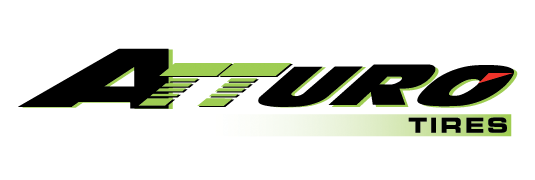There are currently 61 names in this directory
A
Alignment:
Adjusting the vehicle's wheels, steering, and suspension components to manufacturer's specifications. When wheels are in alignment, they are in the optimal position relative to the road and each other. Impacts like driving over a curb or hitting a pothole can cause misalignment.
All Terrain Tire:
All-Terrain tires has a tread grip and open-tread style of an off-road tire with the necessary traction and handling capabilities of street tires.
All-Season Tires:
This type of tire is meant to perform well all year long. All-season tires have specific treads meant for mud, snow, and rain.
Aspect Ratio:
The tire size is determined by dividing the tire’s section height by its section width. The larger the aspect ratio is, the bigger the tire’s sidewall will be.
Asymmetric or Asymmetrical
When the design of a tire has a different tread pattern on one side compared to the opposite side.
B
Balancing:
The distribution of weight within a tire. If the wheels of a car are unbalanced, it can cause vibrating that usually increases with speed.
Bead:
The edge of a tire, which is often a round hop of steel wire. Tires need to maintain proper air pressure to keep the tire bead in its place.
Belt:
Usually made of steel, belts are used to reinforce the area under the tread of a tire. The belts help the tire make appropriate contact with the road.
C
Carcass:
The supporting structure of a tire. This part is made up of the tread, bead, sidewall, shoulder and ply. The plies work to keep the beads anchored on each side of the tire.
Contact Patch:
A thick rubber part of the tire that is constantly in contact with the road. It provides traction.
D
D.O.T. Number:
A number sequence required by the U.S. Department of Transportation to be printed into the sidewall of a tire for identification and to verify the tire meets all standards.
Directional Tread:
Grooves in the tread that cause a tire to favor one direction. Directional treads usually help push water away from the center of a tire and are only used on one side of the vehicle.
F
Flat Spot:
Can develop when a car has been sitting for a long period of time, when the tire’s tread is worn down by driving or during temperature change.
H
Hub Rings:
Hub rings, or hub-centric rings, are typically made of plastic or aluminum and help ensure that your aftermarket wheels fit your vehicle and ride as smoothly as possible.
Hydroplaning:
Occurs when too much water on a tire blocks the road surface and causes the car to lose traction and steering. Tires with decreased tread are more likely to hydroplane.
L
Load Carrying Capacity:
The maximum weight that a tire can handle under normal conditions. SL stands for “Standard Load.” The words “Standard Load” will be stamped somewhere on the sidewall of the tire. XL means “Extra Load.” Tires with an XL designation can carry more weight than tires without the designation. The XL designation is listed at the end of the tire size (for example, 225/40ZR18 98W XL.
Load Index:
The tire size’s corresponding numerical value used to compare load carrying capacities. The higher the tire’s load index number is, the greater its load carrying capacity will be. Example: 92W max load is 1389 lbs. per tire and a 109Q max load 2271 lbs. per tire.
Low Profile Tire:
Tires that have a short sidewall and a wide tread, which improves the car’s handling and performance. Low profile tires have a much sleeker look.
M
M+S:
An indication for all-season tires and winter tires to designate the tires are capable of being driven in mud and snow.
Manufacturers Warranty:
Covers the workmanship and materials of the tire, such as tire defects within the first 90 days of the purchase.
N
Nagative Camber:
Occurs when the the top of the tire tucks inward. The bottom of the wheel is farther out than the top. It allows for a stronger grip when cornering.
Negative Offset:
When the wheel mounting surface is toward the back or brake side of the centerline of the rim.
O
Original Equipment (OE)
The tires that come with the purchase of a new vehicle. The manufacturer will select the tires based on the characteristics of the car.
P
Penny Test:
By placing a penny head first into the tread grooves of the tire, you can know if your tires need to be replaced. If you can see Lincoln’s head, the treads are worn and need to be replaced. If Lincoln’s head is covered, the tires are still good.
Plus Sizing:
Combines a wheel with larger diameter with a tired of lower aspect radio. This concept keeps the overall diameter the same size. This is an easy way to improve the appearance of a vehicle.
Ply/Plies:
Consists of inflexible cords planted in the rubber of a tire to hold its shape by preventing stretching. Plies are a key component to a tire.
Positive Offset:
When the hub mounting surface is on the street side of the center line of the rim. This is the most common offset.
R
Rolling Resistance:
The force resisting the motion when a tire rolls on a surface. A lower rolling resistance helps fuel mileage greatly and is lessened by efficient tire pressure.
Rotation:
The practice of moving all of the wheels and tires on a car from one position to another. This is done for the tires to get even tire wear on each tire.
Run Flat:
A tire that is designed to drive even after it has been punctured. Run flat tires can drive up to 50 miles on average at a maximum speed of 50 mph.
S
Shoulder:
The portion of the tread between the edge of the tread and the sidewall. It acts as more support and protection.
Sidewall:
Located between the tread surface and the bead. A sidewall provides stability and prevents air from escaping a tire.
Siping:
The act of cutting thin slits across the rubber surface of a tire to achieve better traction in wet or icy conditions.
Speeding Rating:
The speed the tire can maintain safely. A higher speed rating indicates the car can handle better at high speeds. The speed rating is often located on the sidewall of a tire.
Staggering/Staggered Fitment:
A term used when the rear wheels are bigger or wider than the front wheels. Staggered fitment can only be done to a rear wheel drive car.
T
Tire Chucking:
Tire chunking is when a large piece of rubber comes off of a tire when the tire lose its elasticity and the rubber becomes brittle. This can be caused by hitting a pothole, driving over debris, or even having worn-out tires. When a tire chunk happens, it can cause serious damage to your car, cause serious tire failure and may even lead to an accident. Also heat/hot pavement from extended long drives can also cause tire chucking.
Tire Disposal/Recycling Fee:
Most states charge a mandatory fee through a retailer for disposing of or recycling a tire. The price can range from $1.00 or more.
Tire Size:
A collection of numbers and letters that tells you the tire width, sidewall height (aspect ratio) and wheel diameter, among other information. For example, the tire size 225/45R17 tells you that the tire has a width of 225 millimeters, an aspect ratio of 45%, and a wheel diameter of 17 inches. Tire size can be found on the sidewall of a tire.
TPMS (Tire Pressure Monitoring System):
The tire pressure monitoring system warns you when a tire is low on tire pressure. A yellow horseshoe symbol with an exclamation point will appear on the dashboard of the car.
Tread Depth:
The measured distance from the bottome of a tire’s tread grooves to the tread surface. A 4/32 or deeper tread is good and anything less than 3/32″ means the tires need to be replaced soon.
Tread Life Warranty:
A tread-life warranty is not a money-back guarantee, its only a partial credit that is received when a tire doesn't meet the lifespan of the tire. Example if you purchase a 65,000 mile tire and you only get 45,000 miles out of the tire you will received a partial credit towards a new tire. Note that all tire maintenance documentation will be need in order to receive credit.
Tread Life:
The expected life span of a tire before it needs to be replaced. The Penny Test can be used to determine the status of the tread life.
Tread Wear Indicator/Tread Wear Bar:
An indicator bar that is molded into a tire. The bar is located at the bottom of the tread grooves in a tire. When the bar becomes visible, this is an indication that the tire needs to be replaced.
Tread:
The rubber part of a tire that makes contact with the road. Tire tread can often become worn and need to be retreaded over time.
U
UTQG Rating:
The Uniform Tire Quality Grading was created by the U.S. Department of Transportation to inform consumers of prevalent information needed to purchase tires. 1. Treadwear is the tire treadwear rating (500) is a relative score given to a tire as an estimate of tire longevity. It’s not a projected estimate of the mileage or tread life. 2.Traction rating (AA or AB) is a relative measurement of a tire’s ability to stop on wet road conditions. 3. Temperature rating is determined by a tire’s resistance to heat buildup and its ability to dissipate heat under regulated operating conditions, all at the manufacturer’s recommended air pressure.
V
Valve Assembly/Valve Stem:
A device that is used to let air in and out of a tire. The valve stem keeps other air from escaping.
Vehicle Placard:
Vehicle’s are required to have placards with tire information in a general location and common format. Vehicle placards list tire sizes, tire pressure, load carrying capacity, and speed rating. Usually located on the driver side door jam.
W
Wheel Spacers:
Wheel spacers are round discs that are installed between the rotors and wheels. The purpose of installing wheel spacers is to widen the offset of the wheels.
Wheel Studs:
Wheel studs are the threaded fasteners that hold on the wheels of many automobiles. They are semi-permanently mounted directly to the vehicle hub, usually through the brake drum or brake disk.
Wheel Weight/Wheel Balance:
When a tire is fitted to a wheel it is measured for balance and correction weights are applied to take away an imbalance.
Winter Tires/Snow Tires:
Designed specifically to help provide better traction in freezing conditions. The pliable tread in winter tires remain soft in cold temperatures, making them different than all-season tires.
Z





